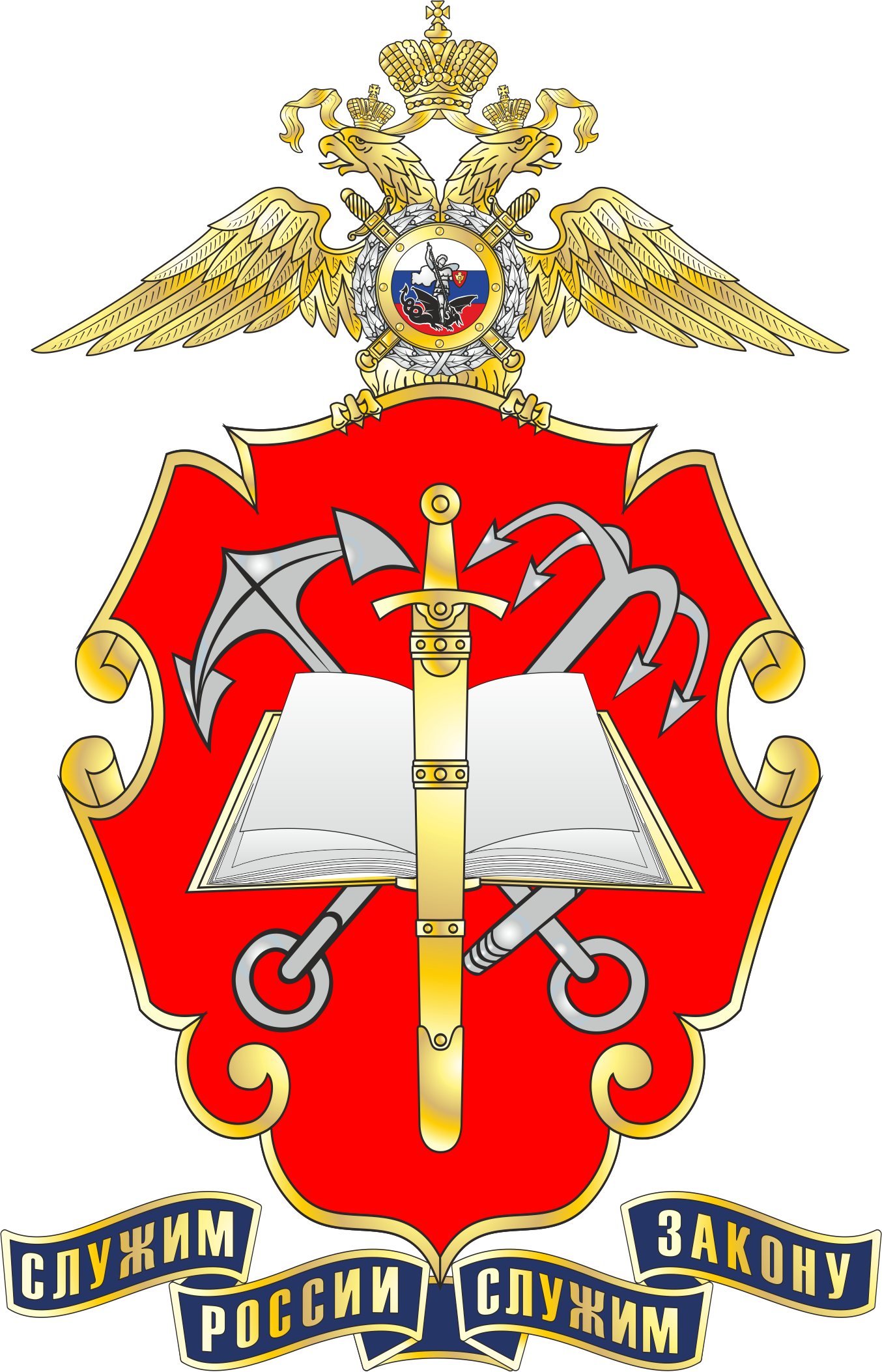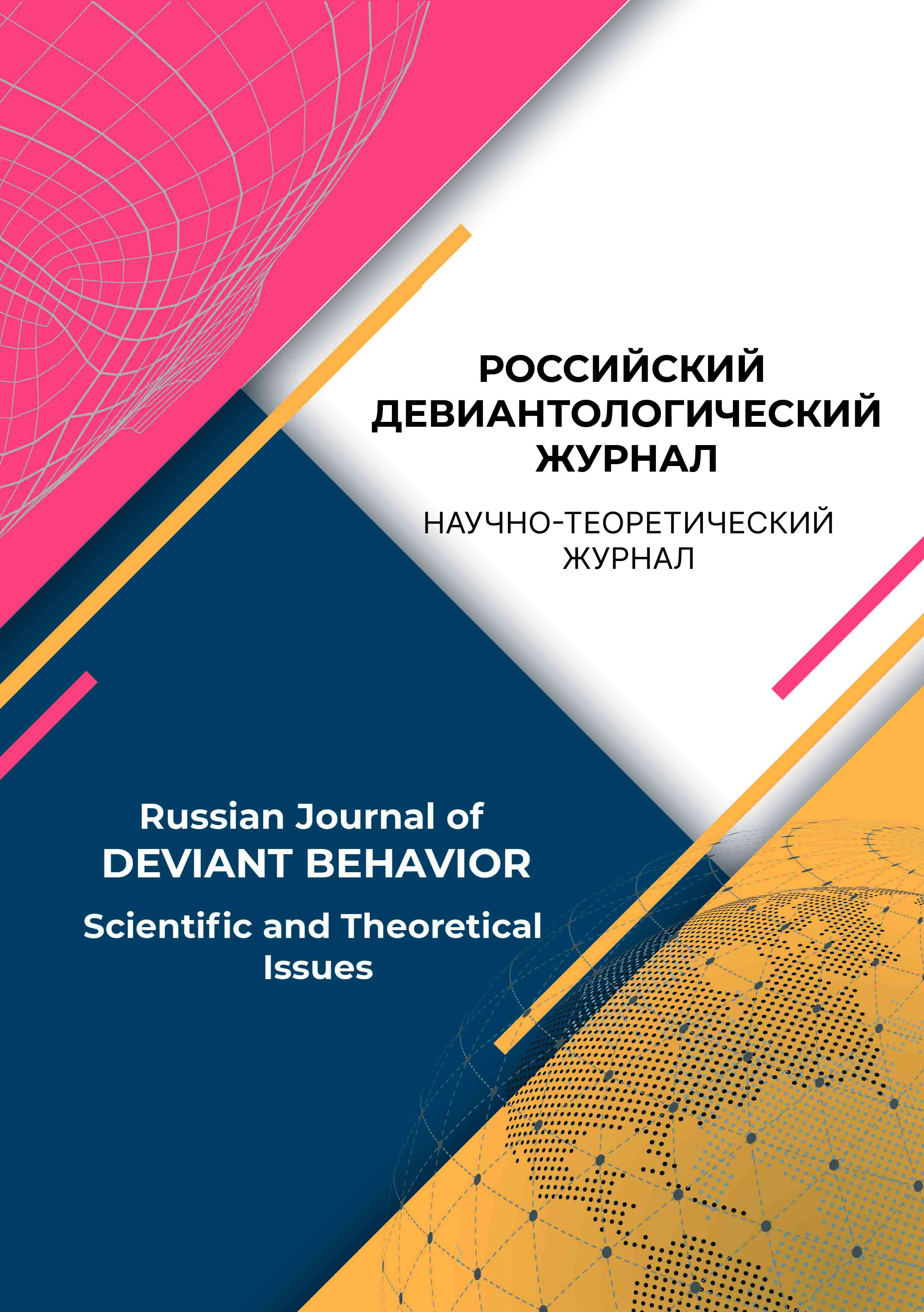Russian Federation
Russian Federation
from 01.01.2008 until now
Russian Federation
Many scientific works of sociologists, political analysts, psychologists, linguists have been devoted to the study of youth extremism, its various aspects and the fight against it. However, youth extremism still exists, and its violent manifestations destroy political and social stability in different countries including Russia. Therefore, the search for ways to counter this phenomenon continues. The purpose of the study is to clarify the concepts of youth extremism, to determine the approach to its study and the fight against it as well as to apply this approach to the predicted specific political crisis in Russia. Methodology, methods. The article uses chaos theory adapted to the analysis of social reality as a methodology for the study of youth extremism. To tackle manifestations of youth extremism, the method based on the use of so–called strange attractors is proposed. Results. The field of the research is determined through the correlation of the concepts of “extremism”, “radicalism”, “deviation”, “delinquency”. The study clarifies the concept of extremism, gives its classification, and substantiates the boundaries of its social carrier - the youth. Chaos theory is used to study youth extremism and predict the development of social crises in Russia, in which young people can take an active part. The possibility of using so-called strange attractors to prevent active performances of young extremists in a situation of a specific political crisis is shown. The scientific novelty lies in the use of chaos theory to study youth extremism in modern Russia and the fight against it. Practical significance. A concrete way of countering manifestations of youth extremism in real political conditions is suggested.
extremism, youth radicalization, sociological methodology, prevention of social violence
1. Fellman, P. V. (2008). The complexity of terrorist networks. International Journal of Networking and Virtual Organisations, 8(1-2). DOIhttps://doi.org/10.1109/IV.2008.107
2. Galam, S. (2008). The sociophysics of terrorism: A passive supporter percolation effect. In Complexity and Security: NATO Science for Peace and Security Series: Human and Societal Dynamics (Vol. 37, pp. 13-37).
3. Hogg, M. A. (2020). Uncertain Self in a Changing World: A Foundation for Radicalisation, Populism, and Autocratic Leadership. European Review of Social Psychology, 32(2), 235-268. DOI:https://doi.org/10.1080/10463283.2020.1827628
4. Kruglanski, A. W., Gelfand, M. J., Bélanger, J. J., Sheveland, A., Hetiarachchi, M., & Gunaratna, R. (2014). The psychology of radicalization and deradicalization: How significance quest impacts violent extremism. Political Psychology, 35(S1), 69-93. DOI:https://doi.org/10.1111/pops.12163
5. Kiel, L. D. (2006). Chaos in Social Systems: Assessment and Relevance. In: A. Wimmer, R. Kössler (eds.), Understanding Change (pp. 51-58). DOI:https://doi.org/10.1057/9780230524644_3
6. Passman, M. (2014). A Fractal Concept of War. In Conflict and Complexity (pp. 149-164). DOI:https://doi.org/10.1007/978-1-4939- 1705-1_7
7. Shelly, R. K. & Wagner, D. G. (1998). Chaos in Social Theory: Explaining Complex Events with Simple Ideas. Sociological Focus, 31(4), 357-372. DOI:https://doi.org/10.1080/00380237.1998.10571114
8. Stankov, L., Međedović, J., Lazarević, L. B., Petrović, B., & Knežević, G. (2020). Sociopsychological correlates of militant extremist beliefs in a postconflict society: The importance of ethnocentrism and quality of interethnic contacts. Group Processes & Intergroup Relations, 23(8), 1249-1266. DOI:https://doi.org/10.1177/1368430220920717
9. Ultra Fractal: Download. (n.d.). Ultrafractal.Com. Retrieved March 16, 2021, from https://www.ultrafractal.com/download/index.php?p=windows
10. Wibisono, S., Louis, W. R., & Jetten, J. (2019). A Multidimensional Analysis of Religious Extremism. Frontiers in Psycholo¬gy, 10. DOI:https://doi.org/10.3389/fpsyg.2019.02560
11. Zhukov, D. S., & Lyamin, S. K. (2016). The modeling of institutional modernization by means of fractal geometry. SAGE Open, 6(2). DOI:https://doi.org/10.1177/2158244016640858
12. Antonova, Yu. A., Vesnina, L. E., Voroshilova, M. B., Zlokazov, K. V., Tagil’ceva, YU. R., Karapetyan, A. A. (2014). Ekstremistskij tekst i destruktivnaya lichnost’: monografiya. Ekaterinburg: Ural’skij gosudarstvennyj pedagog¬icheskij universitet.
13. Vil’yams, B. (2000). Torgovyj haos. Ekspertnye metodiki maksimizacii pribyli. Moskow: IK «Analitika».
14. Glejk, D. (2001). Haos. Sozdanie novoj nauki. Saint Petersburg: Amfora.
15. Zhukova, O. S., Ivanchenko, R. B., Truhachev, V. V. (2007). Informacionnyj ekstremizm kak ugroza bezopasnosti Rossijskoj Federacii. Vestnik Voronezhskogo instituta MVD Rossii, 1, 53-55.
16. Zlokazov, K. V. (2017). Konstruirovanie identichnosti i kriminalizaciya lichnosti. Ekaterinburg: Izd-vo UrYUI MVD Rossii.
17. Zubok, Yu. A., Chuprov, V. I. (2008). Molodezhnyj ekstremizm. Sushchnost’ i osobennosti proyavleniya. SOCIS, 5, 38-39.
18. Kubyakin, E. O. (2014). Osnovaniya sociologicheskogo obosnovaniya fenomena ekstremizma. Ekstremparantnost’. Krasnodar: [b. i.].
19. Mandel’brot, B., & Hadson, R. L. (2006). (Ne) poslushnye rynki. Fraktal’naya revolyuciya v finansah. Moskow: Vil’yams.
20. Mezhregional’naya obshchestvennaya organizaciya «Centr sodejstviya gosudarstvu v protivodejstvii ekstremistskoj deya¬tel’nosti». (n.d.). Ekstremizm: ponyatie, vidy. Csgped.Ru. Retrieved March 16, 2021, from https://csgped.ru/
21. Novye Izvestiya. (2020, May 1). Opros: tol’ko 1% rossijskoj molodezhi aktivno uchastvuet v politicheskoj zhizni strany. Novye Izvestiya. https://newizv.ru/news/society/01-05-2020/opros-tolko-1-rossiyskoy-molodezhi-aktivno-uchastvuet-v-politicheskoy-zhizni-strany
22. Plotnikov, V. V. (2016). Transformaciya social’nyh institutov kak geneticheskij faktor fenomena ekstremizma. Monografiya. Krasnodar: Krasnodarskij universitet MVD Rossii.
23. Podrostki i AUE. (2019, Dekabr’ 13). Yandex.Ru. https://zen.yandex.ru/media/begomvshkolu/podrostki-i-aue-5de4d14f3639e600b1c81ceb
24. Rabinovich, M. I., Rul’kov, N. F. (n.d.). Dinamicheskij haos. V Bol’shaya rossijskaya enciklopediya. Retrieved March 16, 2021, from Bigenc.ru website: https://bigenc.ru/physics/text/1956705
25. HAOS (n.d.). Slovar’ inostrannyh slov russkogo yazyka. Academic.Ru. Retrieved March 16, 2021, from https://dic.academic.ru/dic.nsf/dic_fwords/16146/%D0%A5%D0%90%D0%9E%D0%A1














